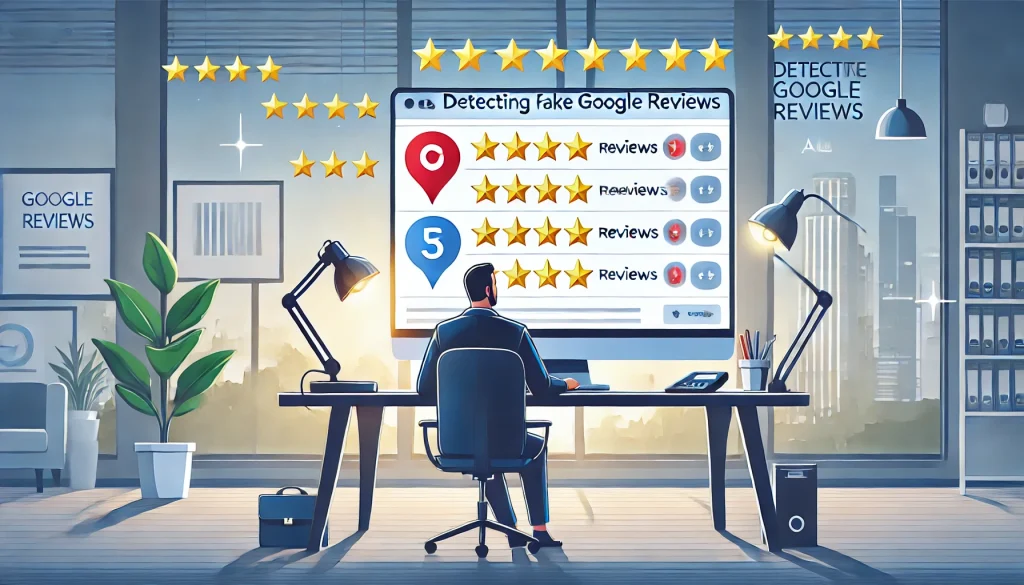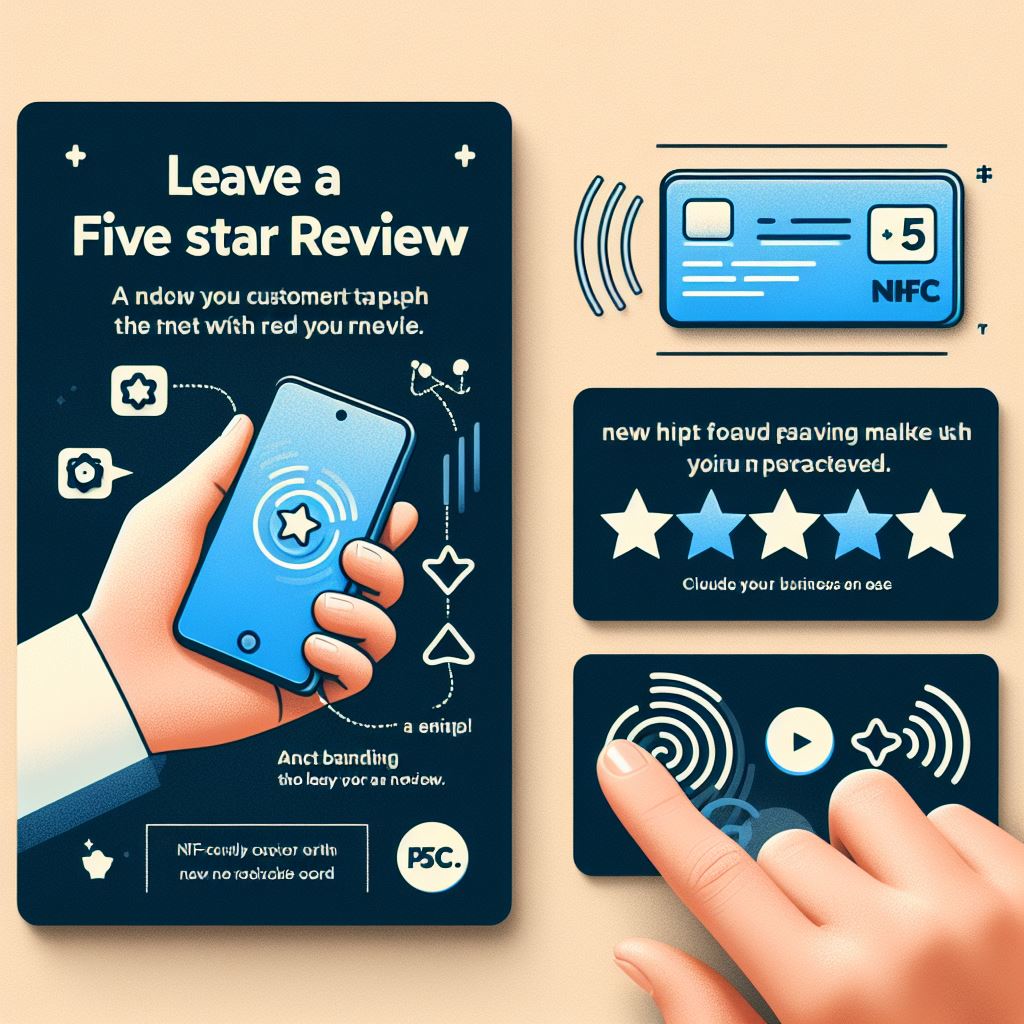Our world is now digital; digital gadgets and the internet have become integral to our lives. Those factors significantly influence our decision-making and how we think about others. Information spread over the internet has a huge impact; for instance, Google reviews significantly influence consumer behaviour. Online reviews become an influencing factor in whether a product or business becomes successful or not. Whether deciding where to eat, which plumber to hire, or what car dealership to visit, online reviews can significantly influence customer choices. Unfortunately, not all reviews are genuine. Fake reviews have emerged as a growing problem, often misleading consumers and harming legitimate businesses. In Australia, where online reputation plays a crucial role in local business success, understanding how to detect fake reviews is more critical than ever.
This guide provides an in-depth analysis to help you understand how fake Google reviews can be identified and managed by Australian businesses in a smart way. Through a detailed study of recent research and case studies, we will explore the tools and techniques businesses can use to protect their online reputation from the dangers of fabricated reviews.

Why Fake Reviews Are a Growing Problem
Impact on Consumers
Fake reviews damage consumer trust in the digital marketplace. Consumers often rely on online reviews as a heuristic for decision-making, believing they reflect genuine customer experiences. However, when fake reviews are involved, they mislead consumers into choosing subpar products or services. A study by Mukherjee et al. (2013) highlighted that consumers could be tricked into making poor decisions due to the proliferation of fake reviews across online platforms like Google and Yelp.
In Australia, the financial ramifications of these fake reviews are significant, as businesses— small and medium-sized enterprises (SMEs)—rely heavily on positive electronic word-of-mouth (eWoM) to succeed. Fake and manipulative reviews lead to customer dissatisfaction, increased returns, and long-term damage to business credibility, damaging the brand.
Impact on Businesses
Fake reviews have a double-sided effect on businesses and tradies: a threat on one side and an opportunity on another. A flood of manipulative positive reviews can create an illusion of superiority, helping some businesses temporarily rise in search rankings. However, the long-term consequences could be devastating. Authentic businesses risk being overshadowed by companies using fake reviews to manipulate consumer perception towards their products or services. Worse still, companies could become victims of negative fake reviews, often posted by competitors looking to spoil their reputation. As highlighted by Ye et al. (2021), businesses that rely on fake reviews to get more customers and rank on search engines can eventually be penalised. Search engines, such as Google and Bing, penalise such businesses in their routine audit, damaging their SEO ranking and credibility forever.
Characteristics of Fake Google Reviews
Identifying fake reviews is critical to ensure businesses maintain their integrity and reputation. Fake reviews follow several identifiable patterns that common sense can quickly notice.
Unrealistic Ratings
One of the most apparent signs of fake reviews is an overly high or low rating. Reviews that consistently award five stars without detailed descriptions might be suspicious. Similarly, a string of negative reviews without constructive criticism indicates the malicious intent of the reviewer.
Generic Language
Generally, fake reviews often use vague descriptions and generic language. A study by Fang et al. (2021) found that AI-generated fake reviews tend to use overly enthusiastic language that needs more specifics. For example, a phony review might say, “This is the best service ever!” without providing details about the service received. On the other hand, genuine reviews typically include a mix of positive and negative feedback.
Unverified Reviewers
Reviewers with little or no activity on their Google profiles can also raise red flags. Real reviewers tend to have a history of leaving feedback across various services, products, and platforms. By contrast, fake reviewers may have a newly created profile with only one or two reviews or post reviews across several unrelated businesses.
Time Patterns
Another standard indicator of fake reviews is a flood of reviews within a short time frame. A business receiving many reviews in days or weeks could suggest a staged effort to manipulate its online reputation. Re al reviews tend to trickle in steadily over time.
Tools and Techniques to Detect Fake Reviews
Manual Inspection
Manual inspection remains one of the most straightforward ways to detect fake reviews. Business owners can assess reviews by paying attention to the language, reviewer history, and the level of detail provided. Genuine reviews often contain specific feedback about a product or service, while fake ones are vague and overly positive or negative in tone.
AI-Powered Detection
Artificial intelligence (AI) has become essential for identifying fake reviews. Modern AI tools can analyse patterns in review text, reviewer behaviour, and timing to flag suspicious content. Research by Mukherjee et al. (2013) demonstrated the effectiveness of AI in detecting fake reviews, using natural language processing (NLP) techniques to analyse sentence structure and word choices. Google uses AI-powered algorithms to weed out fraudulent reviews, but third-party software such as Fakespot and ReviewMeta can help businesses analyse their reviews for authenticity.
Logistic Regression Models
Another effective method for detecting fake reviews is logistic regression modelling. According to Ye et al. (2021), logistic regression can identify patterns that distinguish between fake and objective reviews based on factors such as review length, sentiment, and time of posting. Logistic regression models analyse the likelihood of a fake review based on specific input variables, making them a valuable tool for businesses to protect their online reputation.
Google Review Policies
Google has established strict policies to combat fake reviews. Businesses can report suspicious reviews directly to Google through their Google My Business dashboard. Once flagged, Google investigates the review; if found to be fraudulent, it will be removed from the platform. Google’s policies emphasise that reviews must reflect genuine experiences, and any attempt to manipulate reviews—whether positive or negative—can lead to penalties.

What to Do When You Notice Fake Reviews
Flagging Reviews on Google
Google provides a straightforward process for flagging fake reviews. To flag a review, business owners can log into their Google My Business account, navigate to the review section, and click “Flag as inappropriate” next to the suspicious review. Google typically investigates flagged reviews within a few days, and if the review violates Google’s policies, it will be removed from the system.
Responding to Negative Reviews
Responding to reviews—whether real or fake—plays a vital role in managing a business’s online reputation. Maintaining a professional tone is essential when dealing with negative reviews. Even if a review is fake, responding with a calm, polite message can demonstrate to future customers that the business is responsive and committed to resolving issues.
Legal Remedy in Australia
In Australia, businesses affected by fake reviews have legal recourse under the Australian Consumer Law (ACL). The Australian Competition and Consumer Commission (ACCC) can take action against companies that engage in fake review practices. In 2020, the ACCC fined several businesses for manipulating their online reviews, clearly stating that fake reviews will not be tolerated (ScienceDirect, 2022). Businesses can also seek legal advice if they believe fake reviews from competitors have unfairly targeted them.
How Consumers Can Avoid Being Misled by Fake Reviews
Verify the Source
Consumers can protect themselves from fake reviews by checking the reviewer’s profile. Verified profiles with a history of leaving reviews across various businesses are more likely to be authentic. Consumers should also look for reviews that provide specific details, as these are more likely to be genuine.
Look for Balanced Feedback
Genuine reviews typically balance pros and cons, even in five-star reviews. Consumers should be wary of reviews that are overly glowing or hypercritical without any substance.
Check Response Patterns
Consumers should also pay attention to how businesses respond to their reviews. Businesses that engage with their customers—whether through positive or negative feedback—are likely more invested in maintaining their reputation and providing genuine service.
Future Trends: AI in Detecting Fake Reviews
The Role of Artificial Intelligence
As AI technology evolves, its role in detecting fake reviews will only become more prominent. AI models that use natural language processing and machine learning algorithms will be able to detect even the most subtle signs of fake reviews, making it harder for businesses to manipulate their online reputation.
Potential Regulatory Changes
In future, Australian businesses may see more stringent regulations surrounding fake reviews. The ACCC has already taken steps to crack down on companies that engage in fake review practices, and as the issue continues to grow, further legislation may be introduced to protect consumers and businesses.
Conclusion
Fake Google reviews present a significant challenge for businesses and consumers. As online reviews play a crucial role in consumer decision-making, companies must be vigilant in detecting and managing fake reviews to protect their reputation. By using manual inspection, AI-powered tools, and logistic regression models, businesses can ensure that their reviews accurately reflect their products and services. With the support of Google’s review policies and Australian consumer law, companies can take action to safeguard their online reputation.
Buy Five Star Review Card to collect Genuine Google Review to boost your business.
FAQs
1. Why are fake reviews harmful to businesses?
Fake reviews mislead potential customers, distort the company’s reputation, and cause consumers to make misinformed decisions. Positive fake reviews inflate expectations, while negative fake reviews can deter customers, damage trust, and hurt the brand’s credibility. Both types of fake reviews disrupt honest feedback and distort search rankings.
2. How can I manually detect a fake Google review?
Fake reviews often have exaggerated language, lack specific details, or are posted by profiles with minimal activity. Look for patterns like many reviews posted in a short timeframe or repetitive phrasing across reviews.
3. What tools can help detect fake reviews?
AI-powered tools like Fakespot and ReviewMeta analyse reviews for suspicious patterns, such as language inconsistencies or unusually high favourable ratings. Google’s AI algorithms also filter out prominent fake reviews, but these tools offer an extra detection layer.
4. What should I do if my business receives fake reviews?
Flag the suspicious review in your Google My Business dashboard. Respond professionally to any negative reviews, even if fake, to show future customers your commitment to resolving issues. If fake reviews persist, report them to Google for removal.
5. Can consumers report fake reviews to Google?
Consumers can flag suspicious reviews by clicking on the three vertical dots next to the review and selecting “Flag as inappropriate.” Google will investigate flagged reviews to determine if they violate their policies.
6. Are fake reviews illegal in Australia?
Yes, fake reviews violate Australian Consumer Law. Businesses or individuals found engaging in deceptive practices, like posting fake reviews, can face penalties from the Australian Competition and Consumer Commission (ACCC).
7. How accurate are AI tools in detecting fake reviews?
AI tools are increasingly influential in identifying fake reviews by analysing text patterns, reviewer behaviour, and review timelines. While not perfect, they can flag suspicious content for further review by humans.
8. What are Google’s policies on fake reviews?
Google prohibits the posting of false or misleading reviews. This includes reviews written by business owners, competitors, or third parties paid to leave positive or negative feedback. Violations of these policies can lead to the removal of reviews and penalties.
9. What legal steps can Australian businesses take?
Businesses affected by fake reviews can report the issue to the ACCC. Additionally, they can seek legal recourse under Australian Consumer Law, which protects businesses from deceptive conduct, including posting fake reviews.
10. What trends are emerging in fake review detection?
AI and machine learning technologies are becoming more sophisticated in detecting fake reviews, with tools that can analyse language patterns, verify reviewer credibility, and flag suspicious activity. Enhanced consumer protection regulations may also lead to stricter oversight and penalties for businesses that engage in fake review practices.


